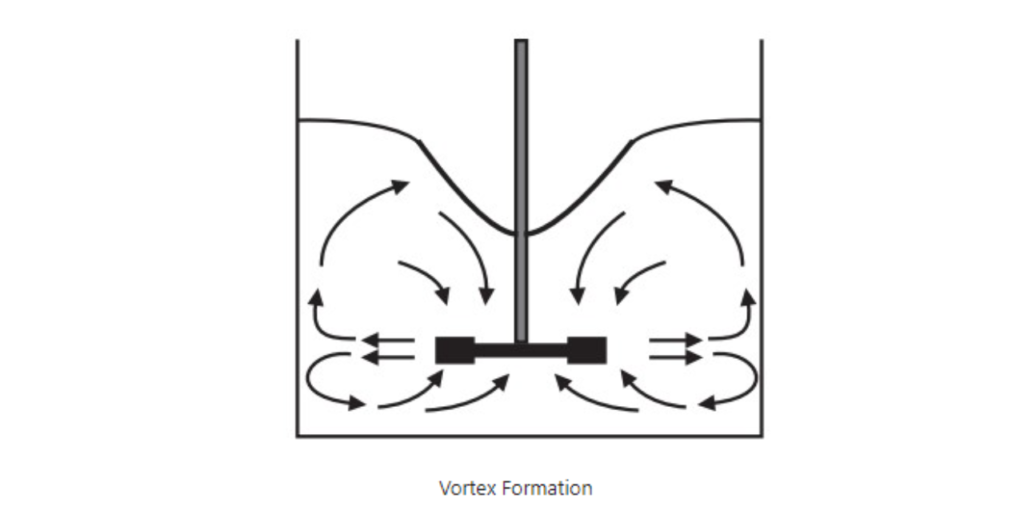Agitators Technology
Propeller Agitators
Working Principles: Propeller agitators, also known as marine impellers or pitched blade turbines, are a type of industrial mixing equipment used to agitate and blend liquids in tanks or vessels.
They are characterised by their impeller design, which typically consists of multiple flat blades or curved blades mounted on a central agitator shaft.
The working principles of propeller agitators involve the following key aspects:
Design: Propeller agitators consist of an agitator shaft connected to a motor and an impeller with flat or curved blades. The impeller is positioned within the tank or vessel.
Agitation: When the motor is activated, it drives the agitator shaft and impeller. The impeller’s rotation generates horizontal flow patterns within the tank, creating turbulence and promoting mixing of the tank’s contents.
Flow Patterns: Propeller agitators typically create radial flow patterns, where the liquid is moved outward and then downward along the tank’s walls. This promotes mixing by drawing material from different parts of the tank toward the impeller.
Speed and Direction: The speed and direction of the impeller’s rotation can be adjusted to control the mixing intensity and direction, allowing customization for specific applications.

Advantages:
Effective Mixing: Propeller agitators provide efficient and effective mixing, ensuring uniformity and consistency of the liquid contents.
High Capacity: They are capable of handling large tank volumes, making them suitable for industrial-scale processes.
Versatility: Propeller agitators are versatile and suitable for a wide range of applications due to their efficient mixing capabilities.
Low Energy Consumption: They often require less power compared to some other types of agitators, resulting in energy savings.

Disadvantages:
Space Requirements: The design of propeller agitators can limit the usable space within the tank, which may be a constraint in some applications.
Shear Sensitivity: Propeller agitators may generate moderate shear forces, which can be a concern for shear-sensitive materials or biological processes.

Applications: Propeller agitators are used in various industries and applications, including:
Chemical processing: Mixing and blending of chemicals, polymers, and reactants.
Water and wastewater treatment: Agitation, flocculation, and chemical dosing.
Pharmaceutical manufacturing: Blending pharmaceutical ingredients, suspensions, and cultures.
Food and beverage production: Mixing ingredients in food and beverage processing, such as liquid mixing and fermentation.
Pulp and paper: Stirring pulp stock in paper manufacturing.
Mineral processing: Agitating and suspending ores and minerals.

Summary: Propeller agitators are a type of industrial mixing equipment known for their efficient and effective mixing capabilities.
They generate radial flow patterns, ensuring uniformity and consistency of the liquid contents in tanks or vessels.
While they may have space limitations and the potential for moderate shear forces, propeller agitators are versatile and widely used in various industries for applications that require thorough mixing and circulation of liquids.
They offer advantages such as effective mixing, high capacity, versatility, and energy efficiency, making them valuable tools in industrial processes.


 Sales & Marketing:
Sales & Marketing:  Service Supports:
Service Supports:  Website:
Website: 